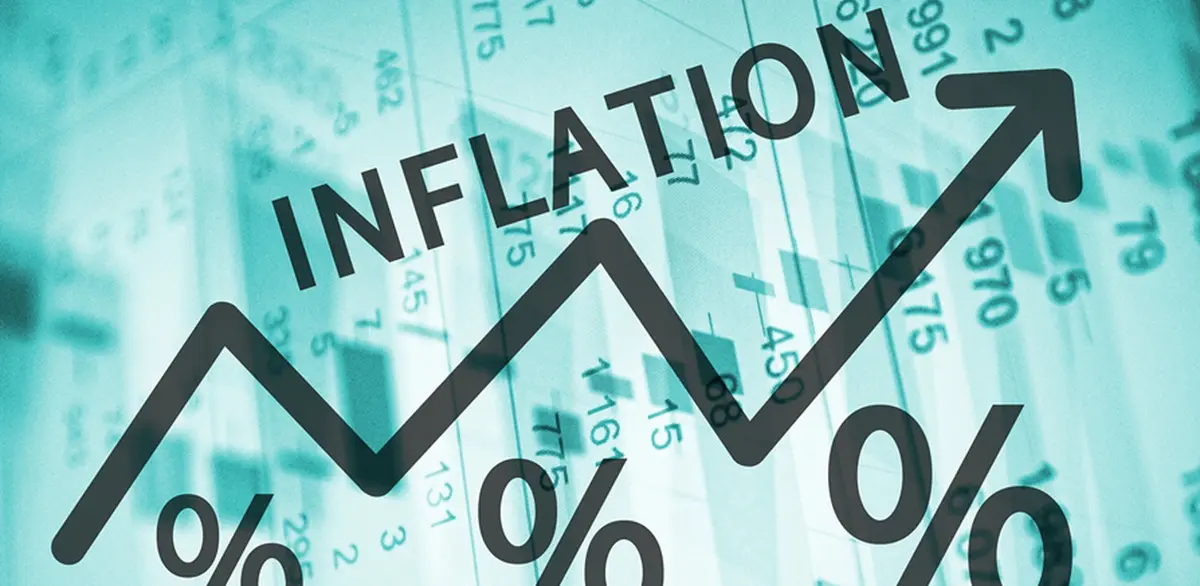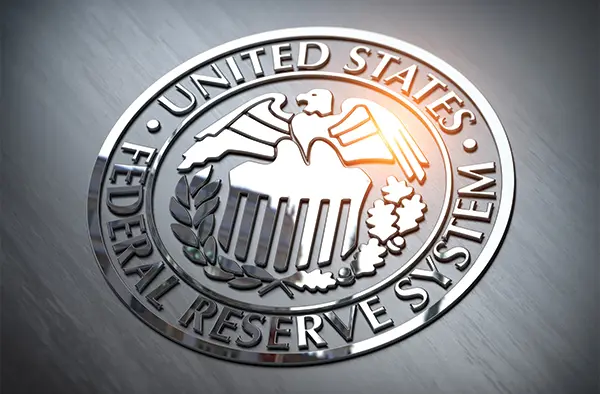With Treasury bond yields hitting record lows, investors are adjusting their strategies. This article explores the implications for your money and future investments

February 28, 2025
In the world of finance, Treasury bonds have long been viewed as one of the safest investments available. Issued by the U.S. government, these bonds are considered virtually risk-free, as the government guarantees repayment. Over the years, investors have flocked to Treasury bonds as a secure way to preserve wealth while earning a modest return. However, recent events have changed the landscape for Treasury bonds, as yields have hit record lows, presenting both challenges and opportunities for investors.
In this article, we will explore what these record-low Treasury bond yields mean for individual investors, retirement accounts, and the broader financial markets. We will also examine how these changes could affect your money, from savings accounts to stock market investments, and provide insights into how you can adapt your investment strategy in this evolving financial environment.
What Are Treasury Bond Yields?Treasury bond yields represent the return on investment an investor can expect to receive from holding a U.S. government bond. The yield is determined by the price of the bond, which fluctuates based on market demand. When the yield on Treasury bonds falls, it means the price of the bonds has risen, and investors are earning less interest in return for lending money to the government.
The Federal Reserve plays a key role in determining interest rates, which directly influence Treasury bond yields. When the Fed lowers its key interest rates, Treasury bond yields typically decrease as well. In recent years, amid economic uncertainty, the Federal Reserve has kept interest rates at historically low levels, contributing to the drop in Treasury bond yields.
Why Are Treasury Bond Yields at Record Lows?There are several factors contributing to the current low levels of Treasury bond yields:
Low Federal Reserve Rates: The Federal Reserve has kept interest rates at historically low levels in an effort to stimulate economic growth. Low rates make borrowing cheaper, which can encourage businesses and consumers to spend more. However, this policy also puts downward pressure on bond yields.
Global Economic Uncertainty: Economic instability around the world, including trade tensions, geopolitical risks, and the ongoing effects of the COVID-pandemic, has driven investors to seek safer assets. Treasury bonds, viewed as one of the safest investments available, have experienced increased demand, which has driven their prices up and yields down.
Inflation Concerns: With inflationary pressures on the rise, many investors are seeking the relative safety of Treasury bonds despite their lower yields. As inflation increases, the real return on bonds diminishes, but the stability of U.S. government bonds continues to attract buyers.
Flight to Safety: During times of economic uncertainty, investors often move their money out of riskier assets, such as stocks, and into safer investments like Treasury bonds. This "flight to safety" has helped drive Treasury bond prices higher, further reducing yields.
The drop in Treasury bond yields has several implications for your personal finances and investment strategies:
1. Lower Returns on Fixed-Income InvestmentsFor individuals who rely on Treasury bonds or other fixed-income investments for regular income, the drop in yields means lower returns. Investors who have purchased Treasury bonds in the past may see the value of their holdings increase, but the income generated from those bonds (in the form of interest payments) will be lower than in previous years.
As yields decline, it also becomes more difficult to find attractive fixed-income investments. For example, savings accounts, money market funds, and certificates of deposit (CDs) may offer paltry interest rates, making it harder for savers to earn significant returns on their cash holdings.
2. Stock Market ImpactThe decline in Treasury bond yields has created a shift in investor behavior, with many turning to the stock market in search of better returns. As bond yields fall, stocks become relatively more attractive, especially for income-seeking investors. This dynamic has contributed to a rise in stock market valuations, as investors seek higher returns than what bonds can provide.
However, this also means that stock prices may become more volatile. With low bond yields, there is an increased reliance on equities for long-term growth, which can lead to heightened market fluctuations as investor sentiment shifts.
3. Retirement Accounts and Long-Term InvestmentsFor those with long-term investment goals, such as saving for retirement, the low Treasury bond yields present both challenges and opportunities. Investors with retirement accounts like 401(k)s or IRAs may find that their fixed-income portfolios are not generating the returns they once did. This could prompt individuals to adjust their asset allocation, shifting more funds into equities or alternative investments to make up for the shortfall in bond income.
While the low yield environment is challenging for fixed-income investors, it can present an opportunity for younger investors to take advantage of rising stock market prices and build wealth over time. For those with longer investment horizons, the current low-yield environment may offer the chance to accumulate more assets at favorable prices before rates inevitably rise again in the future.
4. Inflationary Pressures and Real ReturnsOne of the primary concerns for Treasury bond investors during times of low yields is the impact of inflation. While Treasury bonds are safe, their returns may not keep up with inflation, leading to negative real returns. In an environment of rising inflation, the purchasing power of the income generated by Treasury bonds diminishes, which can erode wealth over time.
To mitigate this risk, investors may seek out Treasury Inflation-Protected Securities (TIPS), which are designed to adjust for inflation and provide a more reliable hedge against rising prices. TIPS offer protection by increasing their principal value with inflation, ensuring that the purchasing power of the investment is preserved.
How to Adjust Your Investment StrategyWith Treasury bond yields at record lows, it is essential to reassess your investment strategy. Here are some steps you can take to adapt:
Diversify Your Portfolio: Given the challenges posed by low Treasury bond yields, it’s crucial to diversify your investments across different asset classes, such as stocks, real estate, and alternative investments. A diversified portfolio can help reduce risk and increase your chances of achieving your financial goals.
Consider Alternative Fixed-Income Investments: In a low-interest-rate environment, traditional fixed-income investments like Treasury bonds may not provide sufficient returns. Investors should consider alternative income-producing investments, such as municipal bonds, corporate bonds, or dividend-paying stocks, to enhance their income streams.
Look to Equities for Growth: While stocks come with higher risk, they can provide greater long-term growth potential compared to bonds. For those with a long-term investment horizon, increasing exposure to equities may offer higher returns in the current low-yield environment.
Inflation Protection: To protect against the eroding effects of inflation, consider adding Treasury Inflation-Protected Securities (TIPS) to your portfolio. TIPS can offer a more reliable way to maintain purchasing power in times of rising inflation.
Consult a Financial Advisor: Given the complexity of the current economic environment, it may be beneficial to consult with a financial advisor to develop a strategy that aligns with your financial goals and risk tolerance. A professional can help you navigate these challenges and identify investment opportunities that are best suited for your needs.

The role of U.S. investment policies in ensuring financial security and market resilience
U.S. investment policies play a crucial role in shaping financial stability by influencing capital markets, interest rates, and economic growth. Regulatory frameworks and government interventions determine risk levels, investor confidence, and long-term economic sustainability

Understanding the impact of interest rate changes on investment decision-making
Interest rate changes have a significant influence on investment strategies. Whether through the stock market, bonds, or real estate, shifts in rates affect asset prices, investor behavior, and portfolio diversification. Understanding these dynamics is essential for making informed, profitable investment decisions

Understanding how inflation trends influence U.S. investment strategies
Inflation trends play a critical role in shaping U.S. investment policies. From adjusting interest rates to influencing asset classes like bonds, equities, and real estate, inflation trends affect economic decisions across the country. Investors must stay informed about inflation to navigate investment policies effectively and protect their portfolios

Exploring the impact of government spending on market trends and investor behavior
Government spending plays a pivotal role in shaping investment markets. From fiscal stimulus packages to infrastructure investments, the allocation of government funds can drive market movements and influence investor sentiment. This article delves into the ways government spending impacts various sectors and markets, offering insights for investors

An in-depth look at the changes to capital gains tax laws and what investors should expect in 2025
As 2025 approaches, changes in capital gains tax laws could impact investment strategies for individuals and institutions. This article explores the key updates to tax policies and offers insights into how these changes may affect your investment portfolio

Understanding how Federal Reserve decisions impact investment trends and economic stability
The Federal Reserve plays a crucial role in shaping investment growth by adjusting interest rates, regulating money supply, and influencing market liquidity. Its policies determine the cost of borrowing, stock market trends, and overall economic expansion, making it a key driver in investment decision-making

An exploration of the impact of U.S. economic policies on investment strategies and trends
With shifting U.S. economic policies, investors are adjusting their strategies to respond to new market dynamics. This article explores the key policy changes and their influence on investment decisions

Understanding how tax policies shape investment strategies and financial growth
Tax regulations play a crucial role in determining investment returns by affecting capital gains, dividends, and corporate profits. Changes in tax laws influence investor behavior, asset allocation, and long-term financial planning, making it essential to stay informed about evolving policies

Learn how U.S. monetary policies influence investment decisions and market trends
U.S. monetary policies, driven by the Federal Reserve, play a significant role in shaping investment opportunities. Understanding interest rates, inflation control, and liquidity measures helps investors make informed decisions and optimize portfolio returns in varying economic climates
The Atlantic Daily
Get our guide to the day’s biggest news and ideas, delivered to your inbox every weekday and Sunday mornings. See more newsletters
.webp)
Ideas That Matter
Subscribe and support more than 160 years of independent journalism.
Subscribe